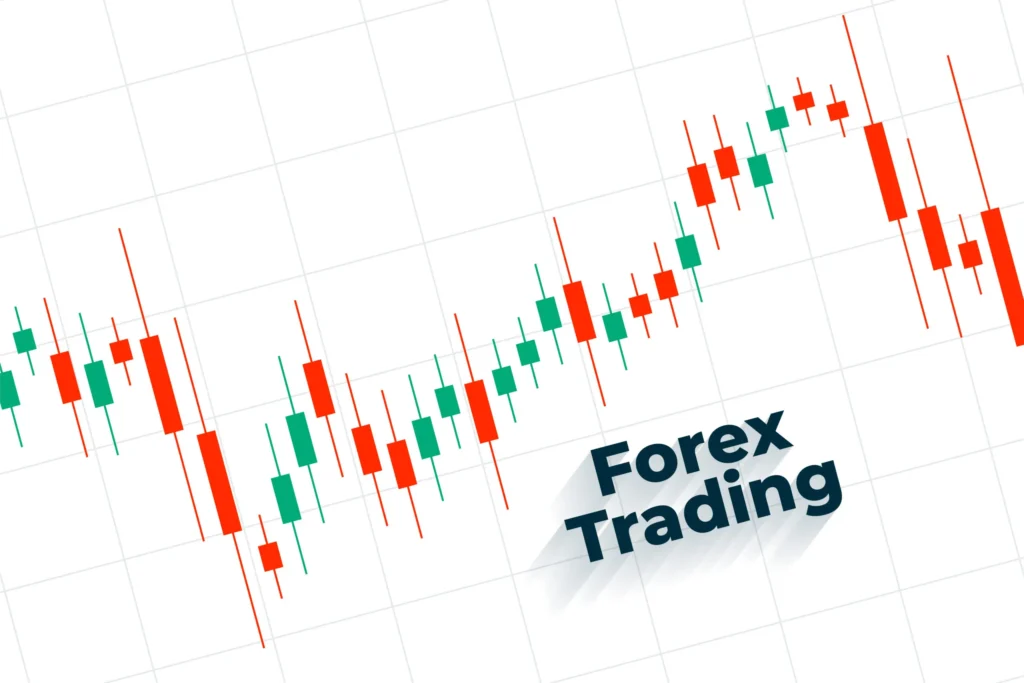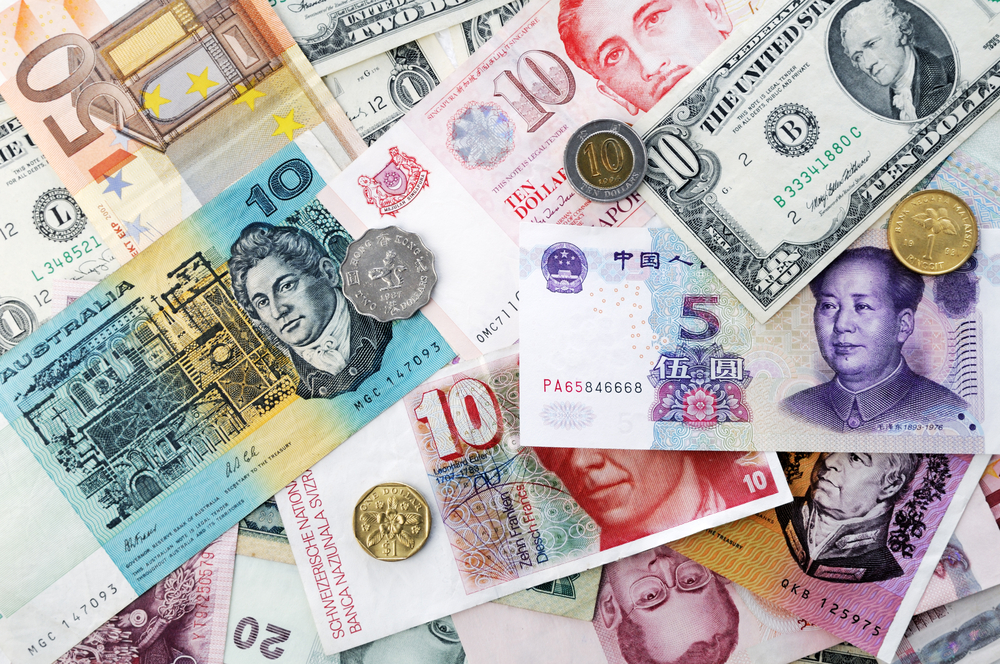Nepal Rastra Bank (NRB), the central monetary authority of the country, has released the official foreign currency exchange rates for May 6, 2025. The published rates, determined by NRB, reflect the bank’s daily assessment of global currency values in relation to the Nepali Rupee (NPR) and serve as a guideline for financial institutions and the general public.
According to the latest bulletin issued by NRB, the buying rate of the US Dollar has been fixed at NPR 134.51, while the selling rate stands at NPR 135.11. This minor fluctuation from previous rates is a reflection of ongoing international market dynamics and currency supply-demand trends.
European and British Currencies
Among the major global currencies, the Euro is being traded with a buying rate of NPR 152.66 and a selling rate of NPR 153.34. Likewise, the Pound Sterling, the official currency of the United Kingdom, is being bought at NPR 179.15 and sold at NPR 179.95.
Switzerland’s official currency, the Swiss Franc, is trading at a buying rate of NPR 163.47 and a selling rate of NPR 164.20. These rates reflect the steady performance of European currencies amid varying economic indicators and global financial sentiment.

Dollar-Region Currencies
In addition to the US Dollar, several other dollar-based currencies have also seen updated rates. The Australian Dollar’s buying rate has been fixed at NPR 86.28, and the selling rate at NPR 87.67. The Canadian Dollar follows with a buying rate of NPR 97.45 and a selling rate of NPR 97.88. Similarly, the Singapore Dollar is being bought at NPR 104.37 and sold at NPR 104.84, indicating moderate fluctuations in Asian currency markets.
Asian Currencies and Regional Trade Partners
Japan’s currency, the Yen, is quoted for every 10 units at NPR 9.35 (buying) and NPR 9.39 (selling), showing relatively stable performance. The Chinese Yuan, a major trading partner’s currency, is being bought at NPR 18.50 and sold at NPR 18.58.
In the Gulf region, where a significant number of Nepali migrant workers are based, several currencies have shown consistent demand. The Saudi Arabian Riyal has a buying rate of NPR 35.87 and a selling rate of NPR 36.03, while the Qatari Riyal is pegged at NPR 36.90 (buying) and NPR 37.07 (selling).
The United Arab Emirates Dirham is trading at NPR 36.62 for buying and NPR 36.78 for selling. These values hold particular importance for remittance inflows from Nepali workers residing in the Middle East.

Southeast and East Asian Currencies
The Thai Baht has been valued at NPR 4.09 for buying and NPR 4.11 for selling. Meanwhile, the Malaysian Ringgit’s buying rate is NPR 32.03, and the selling rate is NPR 32.17. The South Korean Won, a significant currency given growing bilateral cooperation, is trading at NPR 9.82 for 100 units (buying) and NPR 9.87 (selling).
Scandinavian and Other International Currencies
Among Scandinavian currencies, the Swedish Krona is being traded at NPR 13.98 (buying) and NPR 14.04 (selling), while the Danish Krona is fixed at NPR 20.46 (buying) and NPR 20.55 (selling). From the Asian financial hub, the Hong Kong Dollar is being bought at NPR 17.36 and sold at NPR 17.43. This reflects ongoing financial interactions between Nepal and international trade centers.
High-Value Middle Eastern Currencies
High-value currencies such as the Kuwaiti Dinar, Bahraini Dinar, and Omani Riyal have also been updated. The Kuwaiti Dinar, one of the world’s most valuable currencies, is priced at NPR 438.77 for buying and NPR 440.73 for selling. Similarly, the Bahraini Dinar is being exchanged at NPR 356.77 (buying) and NPR 358.36 (selling), while the Omani Riyal is valued at NPR 349.38 (buying) and NPR 350.94 (selling).
These currencies are particularly important for banking and remittance services, as thousands of Nepali workers are employed in the Middle East.

Indian Currency
As Nepal shares an open border and strong trade and socio-economic ties with India, the Indian Rupee remains highly significant. For today, the exchange rate has been set at NPR 160 for buying and NPR 160.15 for selling for every 100 Indian Rupees.
Flexibility and Transparency
Nepal Rastra Bank has clarified that while these exchange rates are standard for the day, they may be subject to revision at any time based on market conditions. The central bank has full authority to revise rates as per necessity.
Additionally, NRB has noted that commercial banks across the country may quote different rates based on real-time market demand and supply. As such, the general public and financial institutions are advised to refer to NRB’s official website for the most accurate and updated foreign exchange information.
This daily bulletin plays a vital role not only in guiding importers, exporters, and banking transactions but also in influencing tourism, remittance flows, and investment decisions. As Nepal continues to enhance its global financial engagement, maintaining accurate and timely exchange rate mechanisms remains a cornerstone of economic policy.






